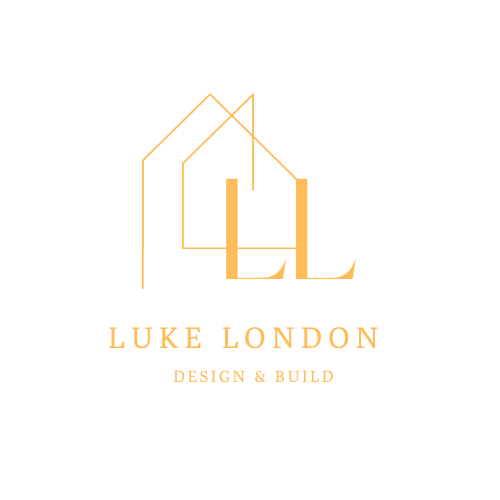In the world of construction, refurbishment is an essential process that ensures buildings remain functional, safe, and aesthetically pleasing. At Luke London Design & Build, we understand the importance of maintaining and upgrading existing structures. But why exactly do buildings need refurbishment? Let’s explore some key reasons.
1. Aging Infrastructure
Buildings, like everything else, age over time. Materials degrade, systems become outdated, and structural elements may weaken. Refurbishment addresses these issues by restoring and sometimes replacing parts of the building that have deteriorated. This not only prolongs the life of the building but also enhances its safety and usability.
2. Modernization
As technology and design trends evolve, older buildings may no longer meet the current standards of living or working. Refurbishment allows for the integration of modern amenities, energy-efficient systems, and contemporary design features. This modernization can make a building more attractive and functional, meeting the needs of today’s occupants.
3. Regulatory Compliance
Building regulations and standards are constantly updated to improve safety, accessibility, and environmental sustainability. Older buildings may not comply with the latest codes, which could pose legal risks. Through refurbishment, these buildings can be brought up to code, ensuring they meet all necessary regulations and avoiding potential penalties.
4. Sustainability
Refurbishing an existing building is often more environmentally friendly than demolishing it and starting from scratch. By reusing the structure and materials, we reduce waste and minimize the environmental impact of construction. Additionally, refurbishment projects can incorporate sustainable technologies, such as energy-efficient windows or insulation, further reducing the building’s carbon footprint.
5. Increased Property Value
A well-executed refurbishment can significantly increase the value of a property. By enhancing the building’s appearance, functionality, and efficiency, property owners can attract higher rents, better tenants, or a more favorable sale price. This is particularly important in competitive markets like London, where the demand for high-quality spaces is ever-growing.
6. Adapting to New Uses
Sometimes, the original purpose of a building no longer suits the needs of its owners or the market. Refurbishment can adapt a building to a new use, such as converting an old warehouse into modern offices or transforming a historical building into luxury apartments. This adaptability is crucial in urban areas where space is limited and demand for various property types is high.
Conclusion
Refurbishment is not just about maintaining a building—it’s about enhancing its value, functionality, and sustainability for the future. At Luke London Design & Build, we specialize in bringing new life to old structures, ensuring they meet modern standards while preserving their unique character. Whether it’s a small residential property or a large commercial building, refurbishment is an investment in the longevity and success of your property.
If you’re considering a refurbishment project, get in touch with us today to learn how we can help you transform your building.

